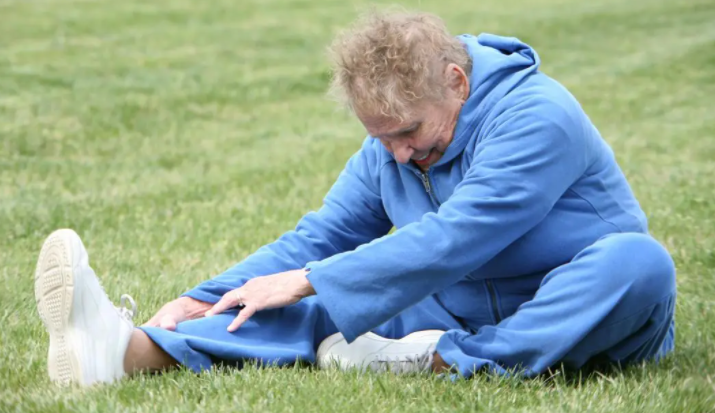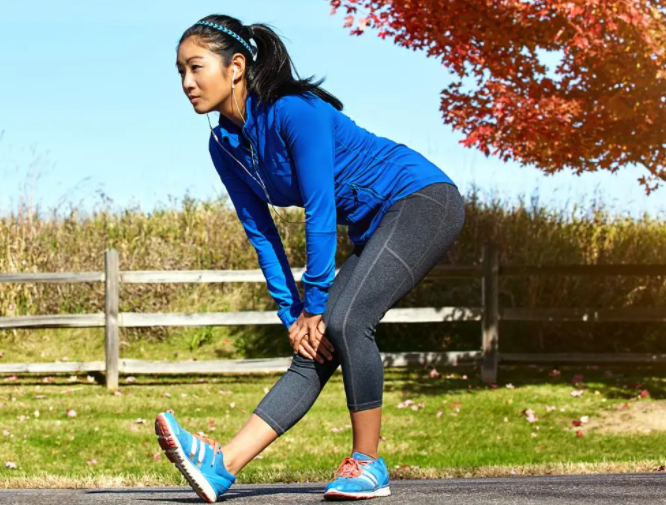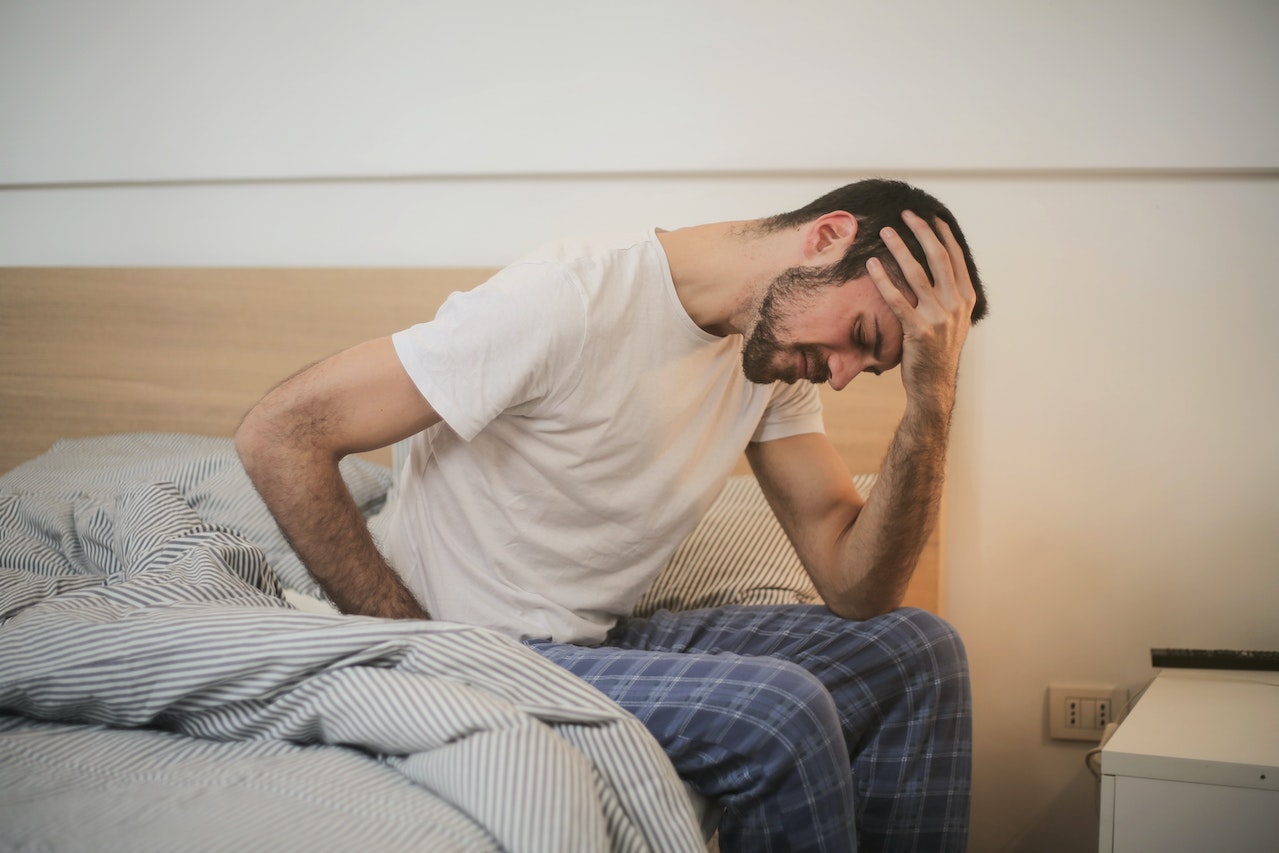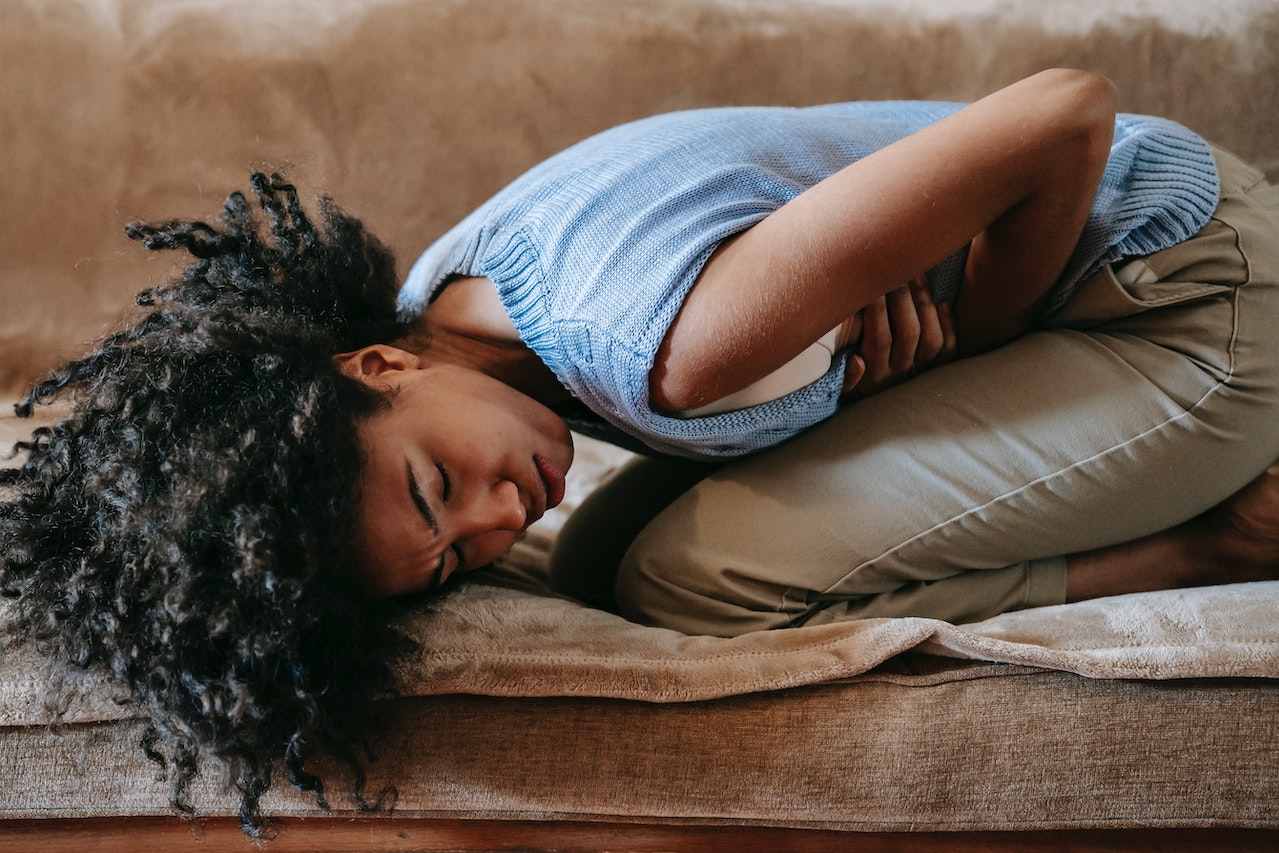Tight Hamstrings Can Cause Lower Back Pain—Here’s What a Physical Therapist Wants You To Do
We are often told to always make sure to stretch before and after a workout. This is important to prevent injury and to start using your body in a slow and mindful fashion. Little do people know that sitting, standing, walking or forceful movements can also lead to injuries… especially to your hamstrings.
When it comes to our hamstrings, millions of people suffer with a sort of “tightness” which can lead to uncomfortable and even painful feelings. Not only might it cause pain up and down your thighs, it can lead to major issues with your lower back.
What Are Hamstrings?
The hamstrings are a group of three muscles—semitendinosus, semimembranosus, and biceps femoris— running from the hips along the back of the thighs to the knees. (1) These muscles are extremely important as they help us with walking, sitting, jumping, climbing and many other movements we make on a daily basis.
The hamstrings in particular are susceptible to injury, especially with athletes. Hamstring muscle injuries are the most common sports injury. One study suggests they account for about 37% of all soccer injuries. (2)
Suddenly stopping, changing directions, or pushing yourself too hard in any forceful way can cause the muscles in your legs to overexert themselves. It’s not just athletes who are affected though. Prolonged sitting, standing, or abrupt movements can cause hamstring strain in anyone. If this strain is left untreated it can develop into a worse injury affecting your lower back. But the good news is there are exercises that can help with loosening up the muscles in addition to strengthening them.
3 Moves To Help Loosen Tight Hamstrings
Downward Dog


Yoga in general is great for stretching and strengthening your muscles, but downward dog in particular is great for tight hamstrings.
- Start on the floor on hands and knees. Tuck the toes and straighten the legs, sending your tailbone toward the ceiling.
- Keep the knees a little bent if you need to, tight hamstrings can make this pose difficult. Just make sure to keep a long straight spine.
- Hold for several deep breaths. (3)
Sitting Hamstring Stretch


- To stretch the right leg, sit on the ground with the left leg bent at the knee with the sole of the foot facing the inner thigh of the right leg.
- Keeping a slight bend in the right knee, bend forward at the waist over the right leg, making sure to keep the back straight.
- Hold the stretch for 10–30 seconds.
- Repeat on the other side. (4)
Standing Hamstring Stretch


- Stand upright with the spine in a neutral position.
- Step the right foot forward and flex the foot, pushing the heel into the ground and lifting the toes toward the ceiling.
- Slightly bend the left knee and gently lean forward, placing the hands on the straight right leg.
- Keep a neutral spine.
- Hold the stretch for 10–30 seconds.
- Repeat on the other side. (4)
How Do Hamstrings Cause Lower Back Pain?
The hamstrings connect to the knee and go all the way into the hip girdle and pelvis, which is connected to your lower back. When your hamstrings are tight, they can cause the pelvis to tilt at the wrong angle. This tilting may not be noticeable at first, but over time it can start causing problems due to the misalignment.
The pelvis and the lumbar vertebrae work together, so when the pelvis tilts the wrong way, the vertebrae in the lumbar spine are forced to flex at a strange angle. This brings increased stress and strain to the pelvis, lumbar spine, and surrounding muscles. (5) It is so important to remember that everything in our body is interconnected. If something is misaligned or has been injured, it is likely to affect other parts of your body.
What Else You Can Do To Help With Lower Back Pain
Making sure to stretch everyday is a great way to prevent hamstring and back pain injuries. However, there are other ways to help prevent pain and treat the current issues you may be experiencing.
The first thing that we recommend is joining our “12-second “Neural Pain Switch” that can finally erase the nonstop, throbbing joint pain stealing your independence, freedom, and confidence – FOR GOOD! Join this amazing program and learn how it can help you with your daily activities.
Massage Therapy can also be a great way to relieve tight and sore muscles. Schedule an appointment with a licensed professional who knows exactly how to move and manipulate those muscles. It is also a great way to relieve any stress you may be carrying.
Seeing your primary care doctor and joining forces with a physical therapist may also be very beneficial for those who have extensive injuries. They can recommend and guide you through stretches, workouts, and other treatments that are specifically catered to your needs.
Our hamstrings play a vital role in day to day life. They support our healthy bodies in some key ways so it’s important to take care of them and work to heal injuries… especially since they can lead to more serious lower back problems. Start with prevention like regular stretching and if you do have an injury, immediately seek the help that you need to stop it progressing further.
Sources:
- https://www.wellandgood.com/tight-hamstrings-2/
- https://my.clevelandclinic.org/health/body/21904-hamstring-muscles
- https://www.healthline.com/health/tight-hamstring#yoga
- https://www.medicalnewstoday.com/articles/323703#benefits
- https://symmetryptmiami.com/do-tight-hamstrings-cause-low-back-pain/
- https://flavonoidsolution.com/aff/vc/vsl/airport/?hop=rhythmic84&vendor=rhvital









